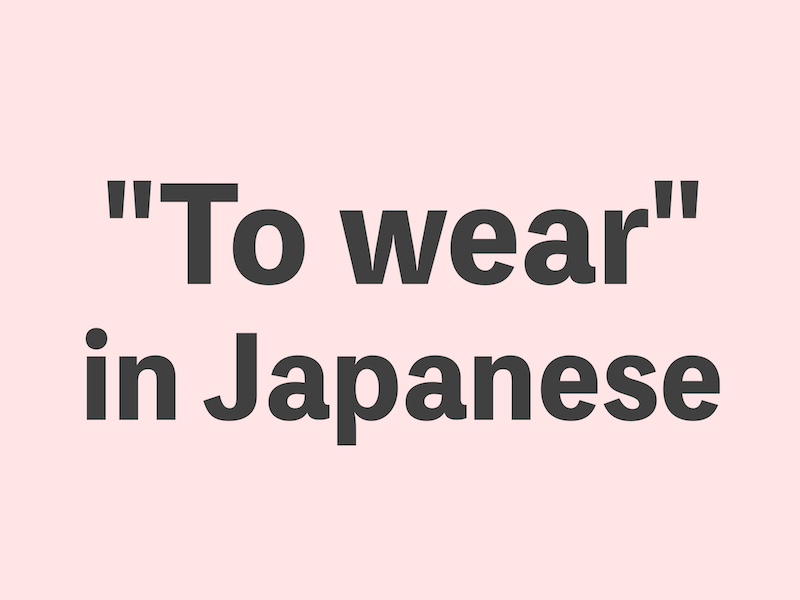Learning how to express “to wear” in Japanese involves various verbs, each suited for specific clothing or accessories. From the versatile ‘kiru’ for general attire to ‘haku’ for lower body garments and ‘suru’ for accessories, let’s dive into the nuances of these essential expressions.
In Japanese, different verbs are used for putting on or wearing various items of clothing or accessories. Here’s a breakdown of their usage:
着る (kiru)
This verb is used for wearing clothing items in general. It’s versatile and covers a wide range of garments like shirts, jackets, dresses, and any clothing that covers the upper or full body.
Example: T-shirtを着る (T-shatsu o kiru) – To wear a T-shirt
はく (haku)
This verb is specifically for wearing items that cover the lower body, such as pants, skirts, or shoes. It’s used for things you put on your legs or feet.
Example: 靴をはく (Kutsu o haku) – To wear shoes
する (suru)
This verb is used for wearing accessories or items that aren’t directly categorized as clothing, like glasses or gloves.
Example: ネクタイをする (Nekutai o suru) – To wear a tie
かぶる (kaburu)
This verb is used for wearing things on your head, like hats, caps, or helmets.
Example: 帽子をかぶる (Bōshi o kaburu) – To wear a hat
かける (kakeru)
This verb is used for items that are worn over or across parts of the body, like scarves, glasses, or accessories that hang on or drape over.
Example: メガネをかける (Megane o kakeru) – To wear glasses




コメント